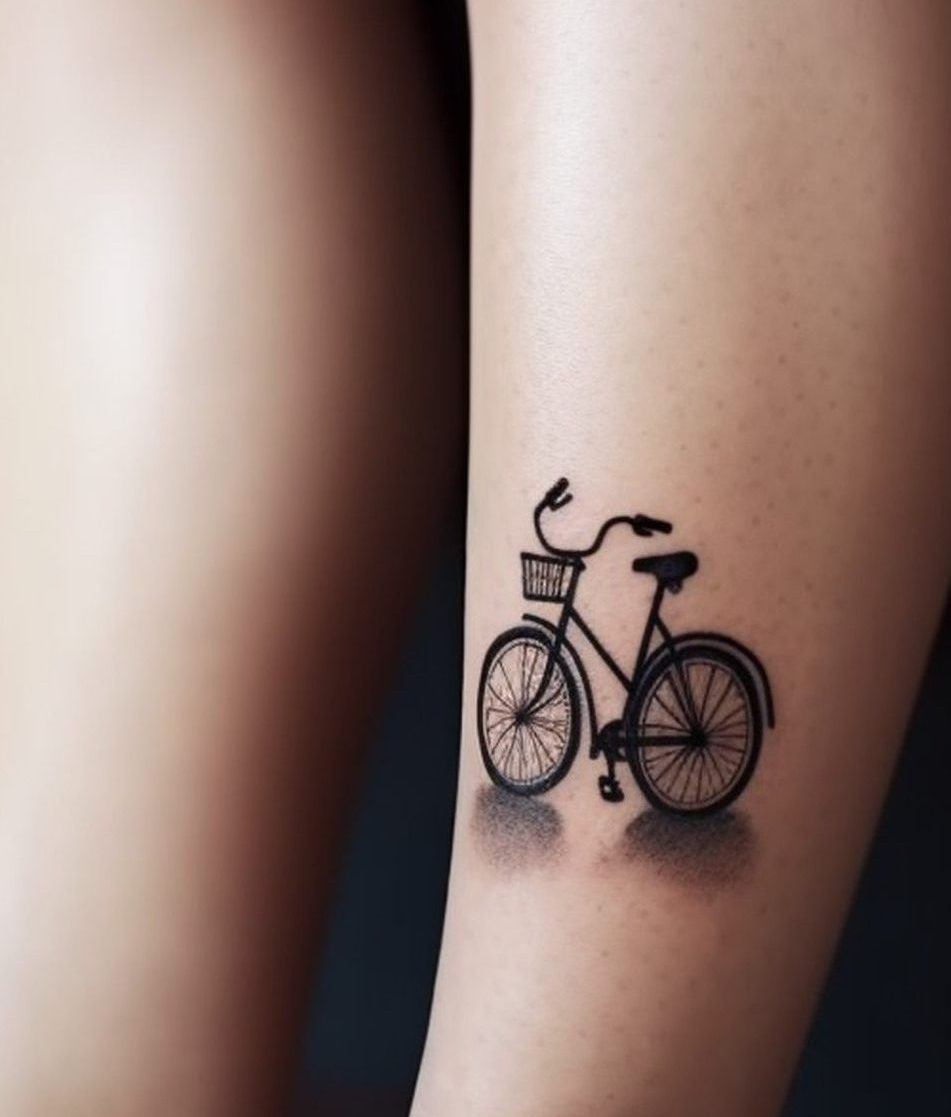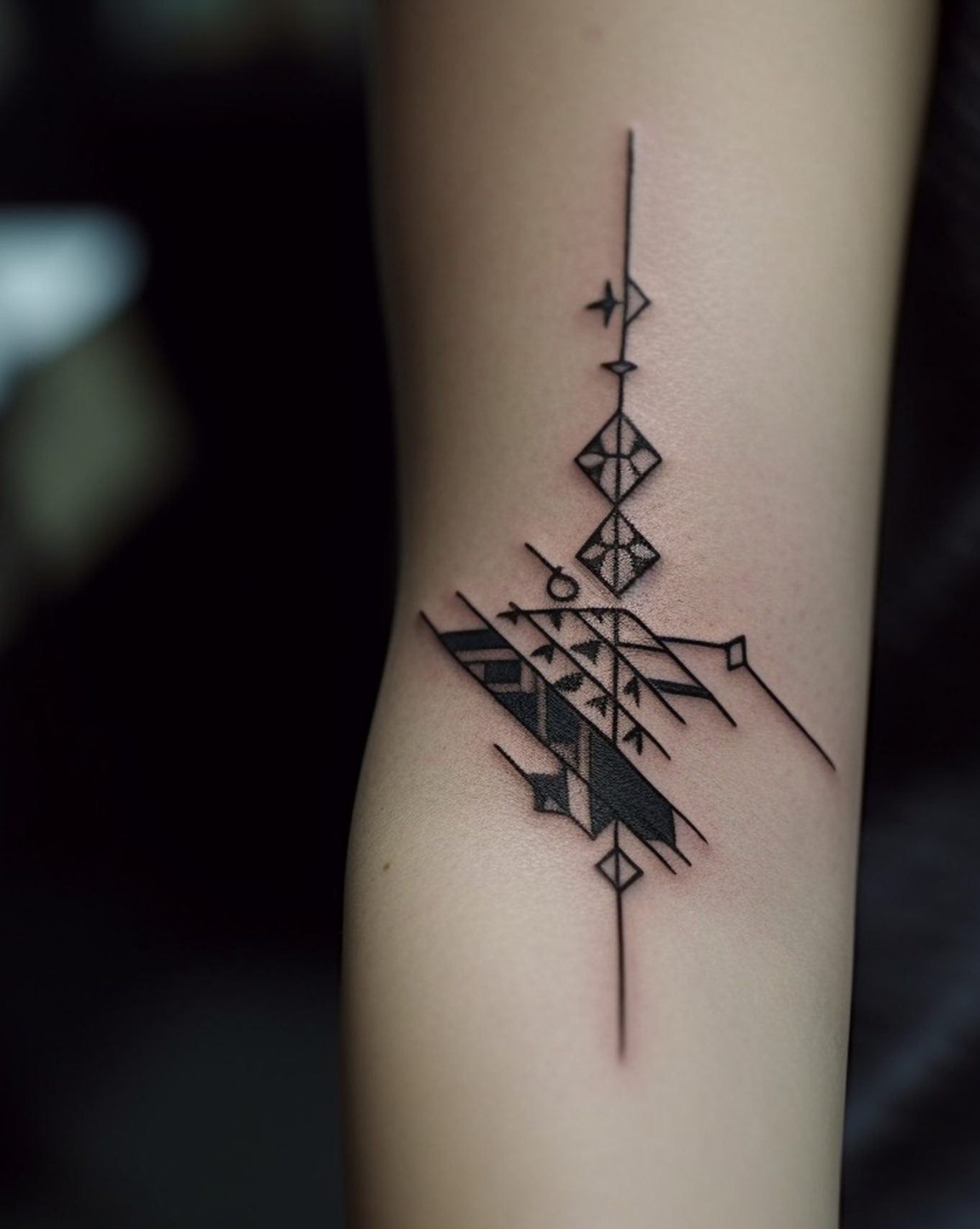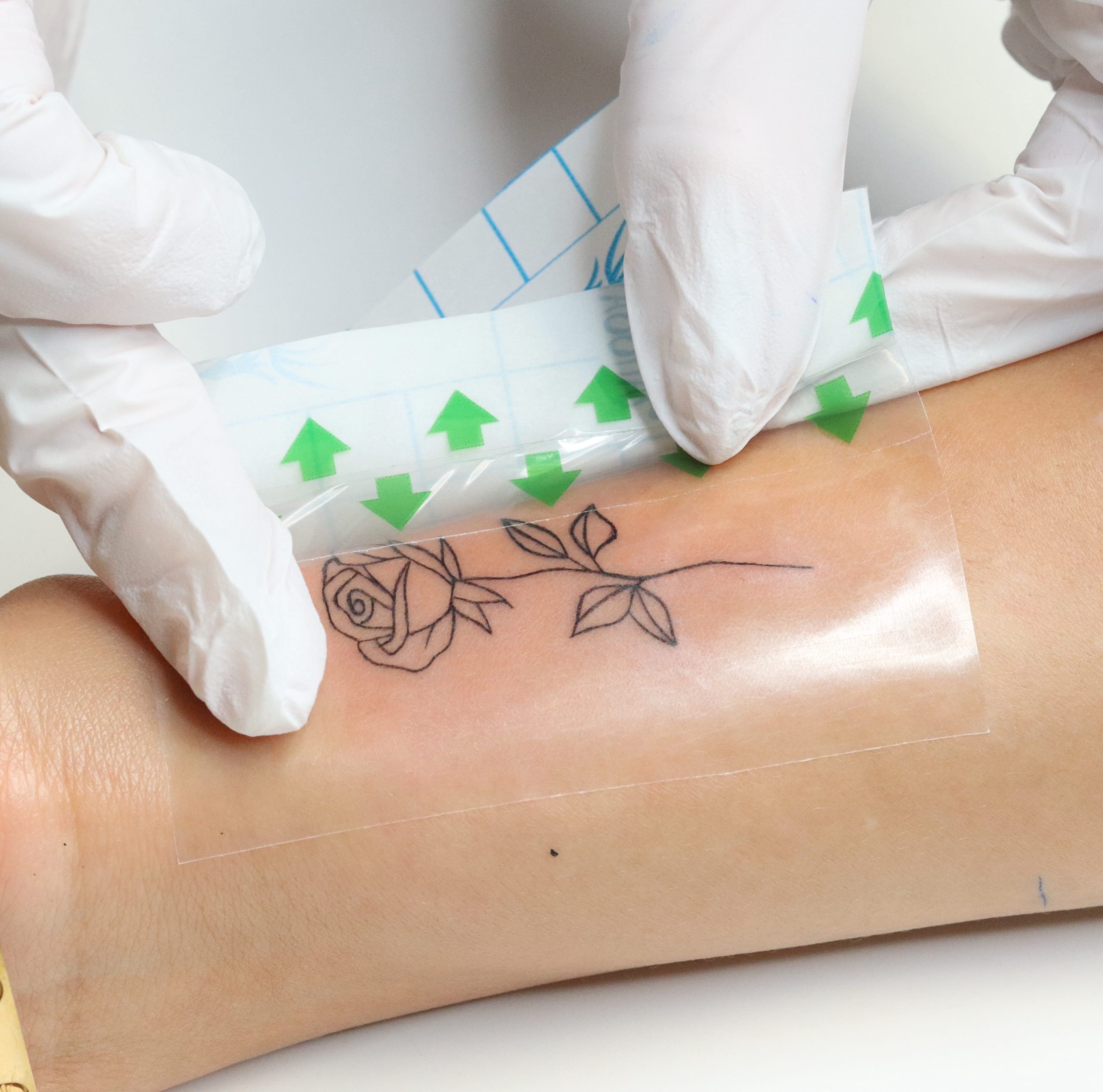SERVICES
Minimalist Tattoo
Training available!
IT’S AN ART, AND WE’RE ARTISTS!
In a world where personal expression meets artistic subtlety, small minimalist tattoos take you on a visual journey where every line, every stroke, becomes a refined work of art. This type of tattoo has gained popularity due to its timeless elegance and its ability to convey meanings through apparent simplicity.



THE POSSIBILITIES
Focused on simplicity and delicacy, minimalist tattoos use fine lines and subtle details to create elegant and discreet designs. This type of tattoo causes less damage to the skin since the needle does not need to go as deep, nor saturate large areas of pigment. Due to their small size, they heal faster than traditional tattoos.

Artistic

Minimalist

Delicate
Find out more about treatment.
What is the Tiny Tattoo?
Minimalist tattooing is a technique that uses a dermograph to introduce ink into the upper layers of the dermis for subtle, delicate pigmentation. Among the most popular areas of application are the ankle, arms, nape of the neck, back and décolleté. The possibilities are endless, and each tattoo can be customized to your personal taste!

How long does it take to heal?
The visible healing time is calculated at 7 to 10 days, and it takes 4 to 6 weeks for the color to stabilize, giving way to the final result.
The day after the service, the excess ink will be rejected. Don’t worry, this is part of the normal healing process. Eventually, the scab that has formed will begin to fall off, making way for a lighter, duller tattoo.
You need to give the skin some time to allow the ink to resurface and, if it doesn’t appear in certain places, a touch-up will intensify certain less apparent areas of the design.

How does a minimalist tattoo service work?
Depending on the design to be tattooed and its format, the service can last between 1 and 2 hours. In general, the consultation is an integral part of the appointment. Our experienced technicians will start by asking you questions to find out what you want and expect from a tattoo.
The stencil will then be made to your specifications, enabling you to start tattooing the body area of your choice.

Will I need a retouch?
The results of a minimalist tattoo last a lifetime, but can fade over the years, depending on lifestyle habits and the tattooed body area.
We recommend reviving your tattoo when necessary to preserve the result for as long as possible.
It’s important to remember that the Tiny Tattoo is an ART, not an exact science. Results can vary according to age, cell regeneration capacity, pigmented body area and lifestyle habits.

Before – Before – Before
After – After – After
What you need to do before and after the performance
Before the performance

- Avoid consuming alcohol, coffee or any other substances that could affect blood clotting at least 24 hours before the tattoo.
- Choose clothing that allows easy access to the tattoo area while ensuring your comfort during the session.
- Avoid excessive sun exposure in the days leading up to the tattoo, as this can make the skin more sensitive.
- If you are taking medications or supplements that may affect blood clotting, consult your doctor to determine if it is safe to proceed.
- Make sure you are well hydrated on the day of the tattoo. Water is essential for healing.
- Make sure you get enough sleep the night before the tattoo to be rested and relaxed during the session (stress = increased sensitivity).
- Eat a light meal before the tattoo to avoid low energy levels during the session (drop in blood pressure).
- Allow enough time for the tattoo session. Do not schedule tight appointments immediately after, as the session may take longer than expected.
- Hydrate your skin in the days leading up to the tattoo. Well-hydrated skin promotes faster healing.
After the performance

Days 1 to 4
- Keep the protective film on the tattoo for 3 to 4 days. If you notice any blood or lymphatic fluid within the first 24 hours, contact your tattoo artist to change the film.
- After 3 to 4 days, remove the protective film under the shower with lukewarm water.
- Clean the tattoo with a mild, unscented soap to remove any ink or lymphatic fluid residue. Pat the tattoo dry with a paper towel.
Days 5 to 14
- Clean the tattoo twice a day with a mild, unscented soap. Gently clean the tattoo with a mild, unscented soap. Avoid sponges or rough gloves, and instead use your washed hands.
- Do not submerge the tattoo in water.
- After cleaning, gently pat the area with a paper towel to dry. Do not rub vigorously, as it could irritate the skin or remove small scabs.
- Apply a thin layer of healing ointment 2 to 3 times a day, thinly. Do not apply a thick layer; it will not aid in healing.
For a 2-week period
- Avoid prolonged baths, swimming pools, and saunas throughout the healing period. Protect the tattoo from any contact with dirty or contaminated water.
- Protect the tattoo from direct sunlight exposure. After 14 days, if exposure is unavoidable, use sunscreen with a high SPF.
- Resist the urge to scratch the tattoo, even if it becomes slightly irritated during healing. This can lead to color loss and uneven healing.
- If the tattoo is in an area covered by clothing, opt for loose-fitting clothing to avoid irritation.
- Avoid the use of chemicals such as scented lotions, oils, or any other product not recommended by your tattoo artist.
- Avoid activities that result in excessive sweating during the healing period, as sweat can irritate the tattoo.
- Carefully monitor the tattoo for any signs of infection, such as excessive redness, swelling, pus drainage, or fever. If you notice anything unusual, consult a healthcare professional. If you have concerns, questions, or if anything seems unusual, feel free to contact your tattoo artist. They are there to provide you with additional advice and instructions if needed.
- Once the initial healing phase is complete, continue to moisturize the tattoo regularly to maintain skin suppleness and color vibrancy.
Contraindications
- Skin Conditions in the Tattoo Area: People with certain skin conditions, such as eczema, psoriasis, or other inflammatory skin disorders, may be advised against getting tattooed as it could worsen the condition.
- Healing Problems: Healing problems, such as hypertrophic scarring or keloids, can affect tattoo healing.
- Pre-existing Medical Conditions: Certain medical conditions, such as diabetes, blood disorders, or other serious health problems, may require prior medical evaluation before getting tattooed.
- Pregnant or Nursing Women: It is contraindicated to get tattooed during pregnancy or breastfeeding due to hormonal changes and potential infection risks.
- Active Infections: Active skin infections, such as boils, abscesses, or other skin infections, are a temporary contraindication to tattooing.
- Immune System Issues: People with immune system problems, such as those on immunosuppressive therapy, may be more prone to infections and require prior medical evaluation.
- Ink Reactions: Allergic reactions to pigments used in tattoo inks are rare but possible. People allergic to certain ink components may experience adverse skin reactions. Preliminary skin tests are recommended to identify potential allergic reactions.
- Beauty Marks: Tattooing over a beauty mark can increase the risk of infections, allergic reactions, and other complications related to the tattooing process. Additionally, some beauty marks may be predisposed to skin cancer, especially if changes occur over time. Tattooing over a beauty mark can thus complicate early detection of changes that could indicate an underlying health issue.
- Minors: In Quebec, there is no law prohibiting a person under 18 years old from getting a tattoo. However, many artists refuse to tattoo a minor, while others accept but require parental consent.
*Please note that certain contraindications may be permissible only with a doctor’s approval.
